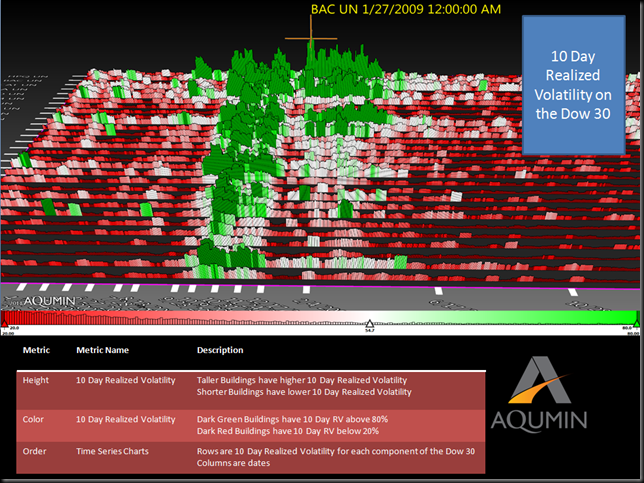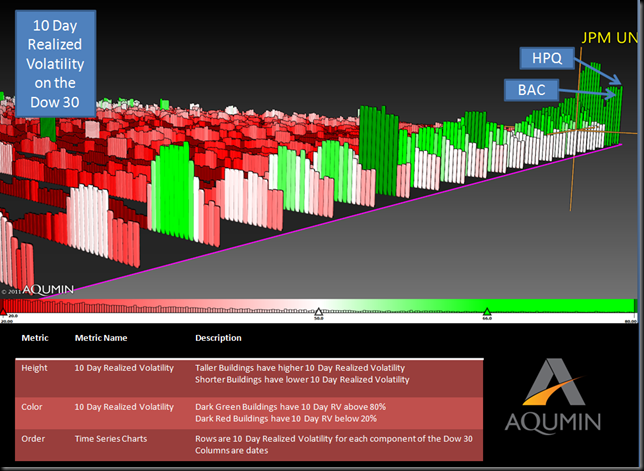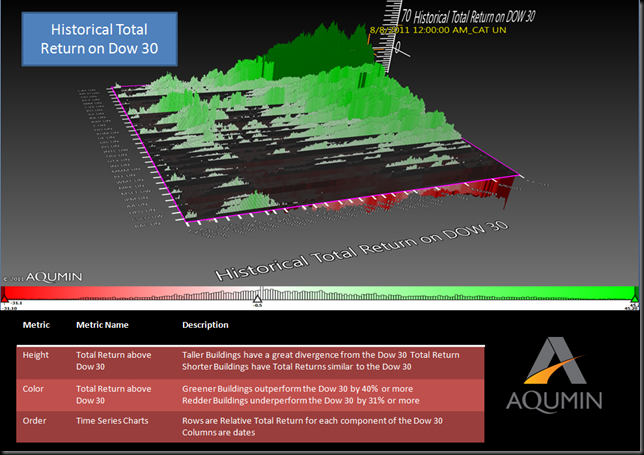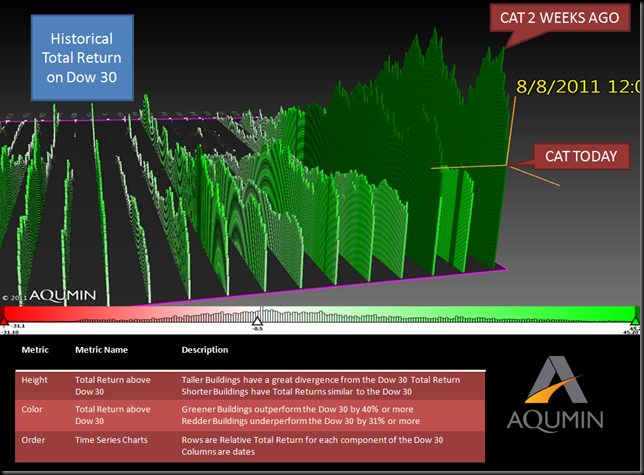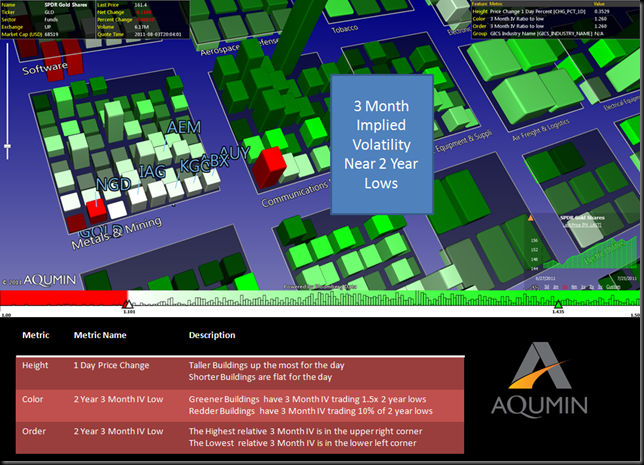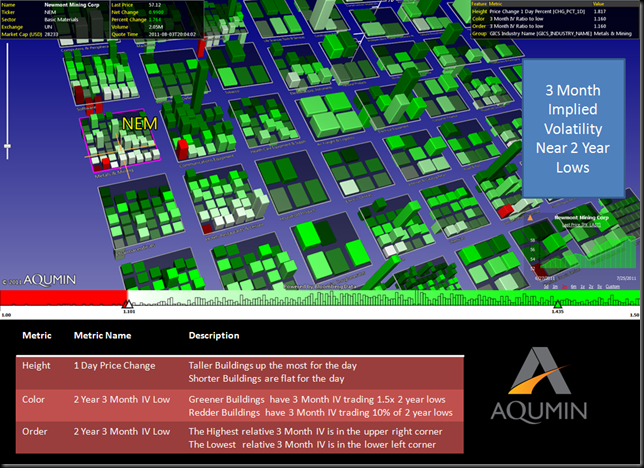“You were always on my mind…..”
Ah the sweet sounds of Willie Nelson. Not so sweet is the mess we have following the S&P Downgrade of US Sovereign Debt. After a one week layoff in posting, although I do look at the market every day, there is plenty to look at in the aftermath of the downgrade. I am going to call this G7 (lump in the USA now) Debt problem, for however long it lasts, the New New Era. As opposed to the New Deal which saw a contraction of credit (after the Crash of 1929) and expansion of fiscal stimulus, we have an expansion of credit and fiscal stimulus. The New Deal was not kind to stocks, but great for government bonds as the real yields plunged to negative numbers (sound familiar?). The difference is after the 2008 Crisis we got lots of credit through TARP and various monetary pops from the Fed. No doubt Fed policy makers learned from The Depression to keep the money taps open. I think the problem now is Europe did not go through the serious bloodletting that the USA did in 2008. Besides the US debt downgrade, not much has changed in the last 3 weeks or so (not that the debt ceiling resolution or other economic news has been that great). Let’s examine 10 Day Realized Volatility during the era of New New to see what we can see.
First here is a short primer on the Financial Crisis of 2008 and 10 Day Realized Volatility. In the Aqumin Time Series Landscape below the Dow Jones Industrials are laid out like standard bar charts side by side to read an actual volatility impression of the market. Time is moving from January of 2008 on the left to today (just out of sight). It is easy to pick out outlier patterns like this. Dark Green bars are over 80% Realized Volatility for the previous 10 Days. White is near 50% and Dark Red is below 20%. The Financial Crisis in 2008 is pretty easy to spot. Note that it was really two, 3 month periods of extended volatility. BAC topped out at about 311% 10 Day Realized Volatility when things got really nasty.
Also note how Realized Volatility collapsed as the financial crisis tailed off. Stocks stopped moving while market participants scratched their heads as to what was going on. The next phase of the New New Era is last summer’s meltdown from Greece and other higher risk nations in the Euro Area.
I have a Money Center bank like JPM topping out around 56.45% for a 10 Day Realized Volatility. If you note the Dark Red area just to the left of the JPM flag, 10 Day Realized Volatility was very low and that Euro Crisis was about a double on average for the 2 month span of higher numbers. The Euro band aid and QE2 seemed to hold things together as volatility in the Dow receded a bit.
Now we get the S&P shocker below which I believe added the US officially to Sovereign Debt pile in people’s minds. Notice the giant spike in 10 Day Realized Volatility as the market literally melted. Stocks might climb a wall of worry but they fall off a cliff in a panic. As of today we are about 50% off of the 10 Day Realized Volatility highs of early August but near the same level as the peak last summer as you look across the DJIA stocks. Just compare the relative levels now with the picture above. I have JPM highlighted at around 47.735 10 Day Realized Volatility. Also note the last few days as most of the building are inching back up. The leader in the corner is HPQ (after trying to get out of the personal computer business and feels a lot like IBM in the early 1990’s) and next comes BAC. BAC now has the Berkshire Hathaway put going, and while I can’t pretend to know how Mr. Buffet operates, that BAC Preferred Stock purchase might be a subtle way of Warren telling the President, “Leave the banks alone, we still need them!”
Now back to Willie’s song, You were always on my mind. The market volatility is coming from policy problems the G7 governments can’t seem to fix, which is how I read this Time Series Landscape. The tools are there but the politics and problems linger and having the USA tossed into the mess brought things from the back of the mind to the sell button. JPM seems to have slowed down a bit and is trading well under the 10 Day Realized Volatility of last summer. I think a little less relative volatility means a more stable outlook and you might want to selectively sell, controlled long bias type option premium in there. HPQ will have a hard time seeing 10 Day Volatility get much higher than it is right now and you can trade that accordingly. BAC has the Buffet put on so it is probably not going out of business even though the market priced it that way 5 days ago.
Sovereign Debt worries are on my mind, so I don’t do anything that big and wait for the next shoe to drop in our New New Era.
